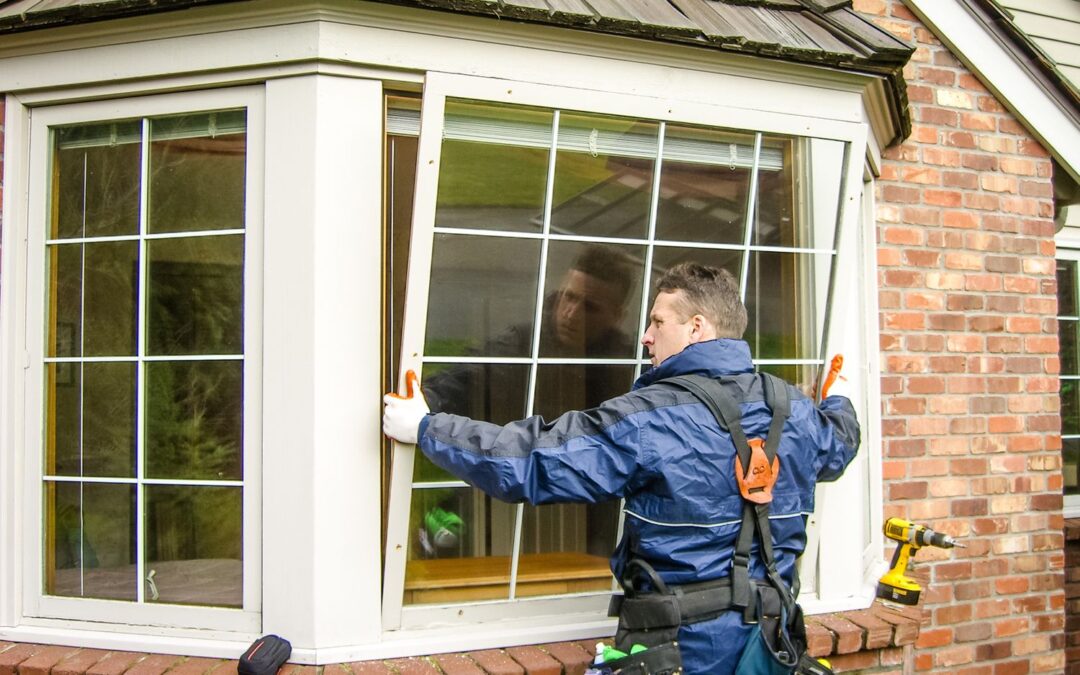When it comes to selecting windows for your home, the type of glass you choose is just as important as the style and design of the window itself. Home window glass options have come a long way, offering various technologies and features that can greatly impact energy efficiency, security, and overall comfort. In this blog post, we will explore different home window glass options and technologies to help you make an informed decision when upgrading or replacing your windows.
1. Single Pane Glass
Single pane glass is the most basic and traditional option. It consists of a single sheet of glass without any additional layers or coatings. While it is the most affordable choice, single pane glass offers minimal insulation and is prone to energy loss. It provides little protection against outside noise and offers limited UV protection.
2. Double Pane Glass
Double pane glass, also known as insulated glass, is made up of two glass panes separated by a spacer and sealed together. The space between the panes is typically filled with air or an insulating gas like argon or krypton. This design provides improved insulation, reducing heat transfer and energy loss. Double pane glass also helps to minimize condensation and noise transmission, creating a more comfortable indoor environment.
3. Low-E Glass
Low-E (low-emissivity) glass is a type of glass that has a thin coating applied to the surface. This coating reflects infrared and ultraviolet light while allowing visible light to pass through. Low-E glass helps to regulate the transfer of heat, keeping your home cooler in summer and warmer in winter. It also blocks harmful UV rays, which can fade furniture and flooring over time.
4. Gas-Filled Glass
In some double pane windows, the space between the glass panes is filled with a gas, such as argon or krypton. These gases are denser than air and provide superior insulation. Gas-filled glass helps to reduce heat transfer and improve energy efficiency by minimizing the conduction of heat through the window. This technology is particularly effective in climates with extreme temperatures.
5. Impact-Resistant Glass
Impact-resistant glass, also known as safety glass, is designed to withstand severe weather conditions and potential impacts. It consists of two or more glass layers with a durable interlayer, usually made of polyvinyl butyral (PVB) or ethylene-vinyl acetate (EVA). This construction makes the glass highly resistant to breakage, preventing shards from scattering if the window is shattered. Impact-resistant glass provides enhanced security and protects against hurricanes, storms, and intruders.
Choosing the right glass for your home windows is essential for energy efficiency, comfort, and overall performance. From single pane glass to impact-resistant options, each type offers different advantages and features. Double pane glass provides improved insulation, while low-E glass regulates heat transfer and blocks UV rays. Gas-filled glass enhances energy efficiency, particularly in extreme climates. For areas prone to severe weather or requiring increased security, impact-resistant glass is a wise choice.
When considering window glass options, it’s crucial to assess your specific needs, including energy efficiency, noise reduction, and protection from the elements. Consult with window professionals who can guide you in selecting the most suitable glass technology for your home. By understanding the various options available and their benefits, you can make an informed decision that improves your home’s performance, comfort, and sustainability.

